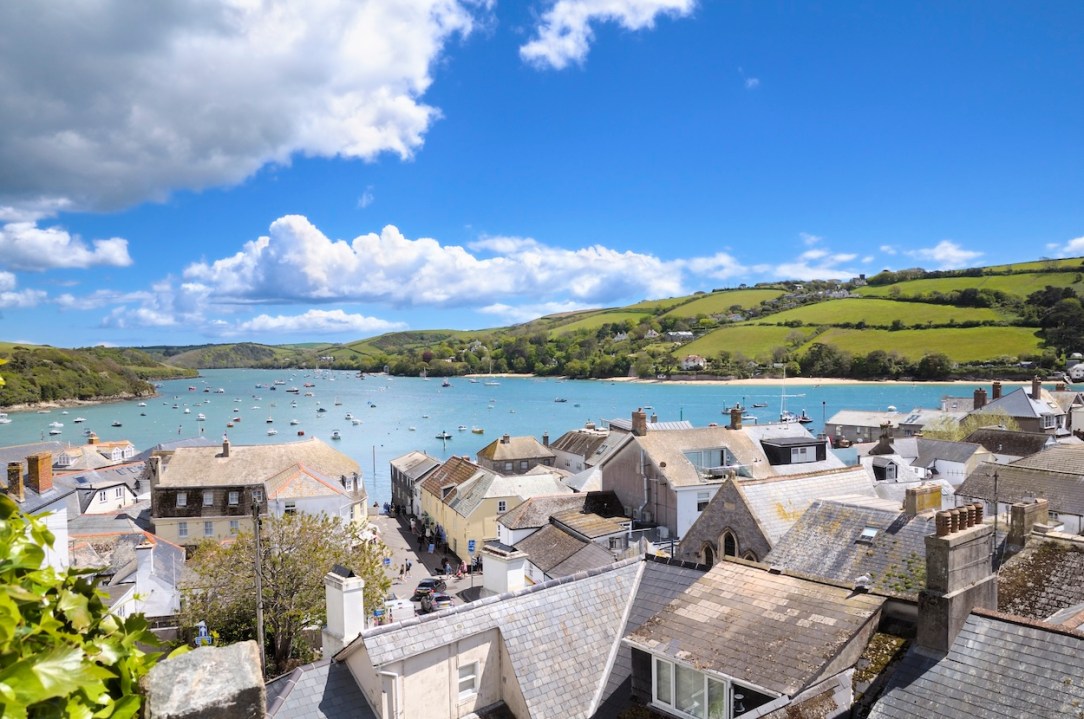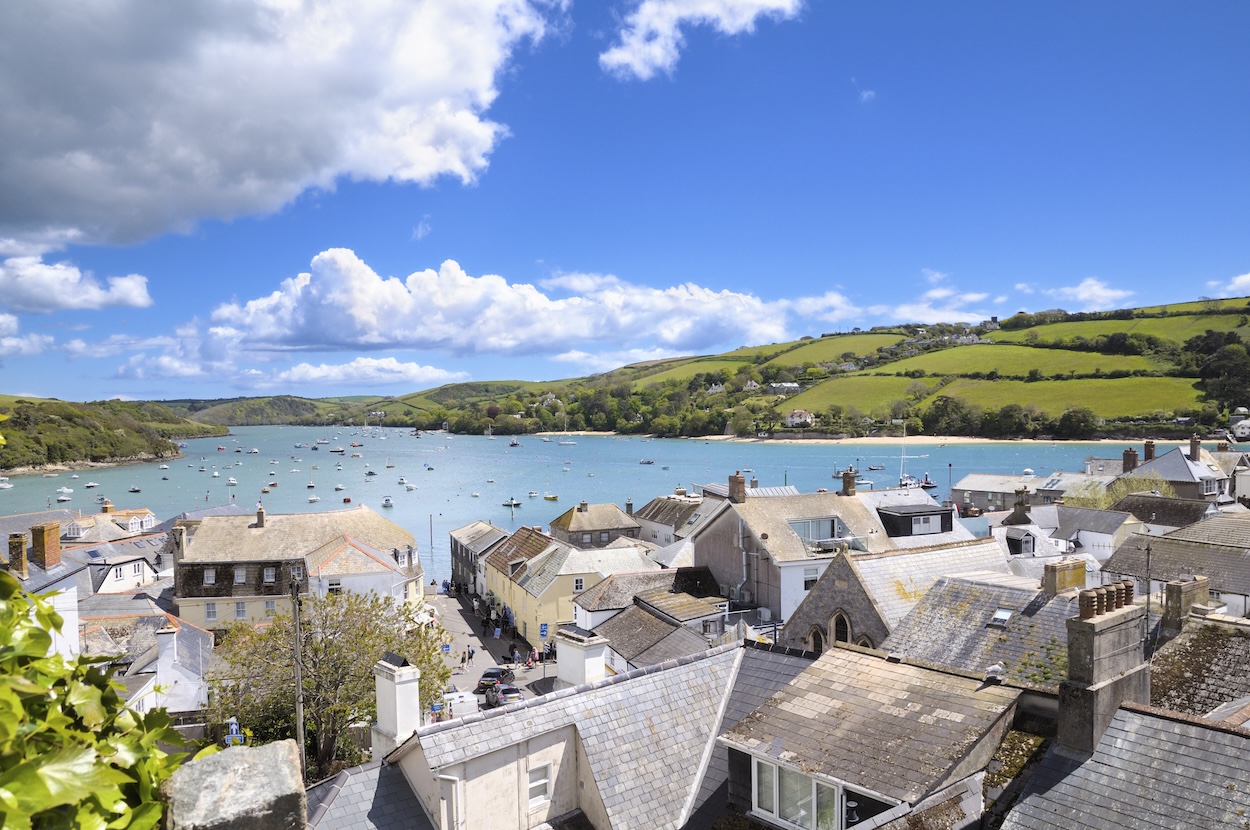It was when I saw two other women wearing the same red-and-white-striped Boden swimming costume as me that I realised what I had become. Twenty years ago, I wouldn’t have been seen dead on a beach in Salcombe in a Boden swimming costume. I would have been topless on a riverbank in Provence, smoking a Gitane and reading Duras. These days, I don’t have time to care, and I summon G.K. Chesterton as my guide: ‘Don’t ever take a fence down until you know the reason why it was put up.’ I have children, a husband and dogs, and we have come – without really meaning to but by some centrifugal bourgeois force – to the Costa del Boden for our summer holiday. In short, we appear to be in favour of the fence.
Where? Has yummy-mummy clothes-retailer Jonny Boden bought up part of the English coastline? Well, sort of. The Costa del Boden, otherwise known as the English middle-class coastline, pops up in more than a few places: Salcombe in Devon, Daymer Bay, Polzeath or Rock in Cornwall, Brancaster in Norfolk, and Seaview on the Isle of Wight. It is where the middle to upper classes holiday in this country. These aren’t the middle classes the Telegraph writes about, now apparently priced out of their summer break by rising costs. Neither are they the net-zero middle classes who seek sustainable alternatives to overseas travel. No, these are the moneyed bourgeoisie who routinely spend at least a month of the summer on the English coast before heading to Corfu or France for a jolly in August.
At any one of the yacht clubs, status is earned through routine longevity: if you have been coming for ‘donkeys yahhs’, so much the better. You’ll also know everyone you run into – which is all any Sloane really wants; forget cultural exchange or the strange, salty nature of the Continent. All in all, robust, weather-beaten, ‘Granny had a house here’ boat-y top trumps is the thing.
But one hardly needs to be robust to enjoy the Costa del Boden. It’s all cloyingly lovely – too lovely, in fact. This isn’t the risky carnival of Punch and Judy, the pier or, heaven forbid, dry sand. Far from it. At North Sands or Bantham Beach in Devon, the shoreline is jammed with labradors chasing tennis balls while mothers hare after little Ludos or Harrys togged out in – you guessed it – Boden long-sleeved swimsuits. Conversations I overheard while chasing my own little darling seemed to orbit around commuting, the merits of Bridie and Bert towels and VAT.
If you fancy something to eat, you can have artisan pizza by the beach – sponsored, apparently, by Vivobarefoot-trainer tycoon Galahad Clark – or pick up a cortado from the coffee van (no cash, please, begs the sign). In Salcombe, bucket-and-spade shops have made way for an avalanche of boutiques designed to lure in the discerning middle-class female shopper; the brands With Nothing Underneath and Busby and Fox were doing a roaring trade when I stopped in for the briefest of rummages.
I have children, a husband and dogs and we have come – without really meaning to but by some centrifugal bourgeois force – to the Costa del Boden
Of course, if your children are older, the Costa del Boden is all about rummaging – or rather frisking. One friend, a regular on the Costa del Boden’s Polzeath strip of coastline, tells tales of public-school teenagers – ‘mainly Stowe, Radley and Marlborough, to be frank’ – prowling the beach after dark ‘like penguins’ while their parents drink rosé until ‘the police turn the floodlights on at midnight like magic nannies’. ‘It’s teen mecca,’ another friend sighs, adding that Daymer Bay, where the Camerons have a house, is ‘still sweet’, but ‘the teenagers just want to be where they know everyone from school’. All anyone wants, it seems, is to have a jolly good, socially cordoned-off, PLU time, whether procured with a fake ID or not.
Ah, identity – that old conundrum. I got to thinking about it, as Carrie Bradshaw would have said, during my week on the Costa del Boden. I thought about how I must have appeared to others in my Boden swimming costumes and Aspiga dresses: invisible death by batik print and nautical stripe. I thought about how strong and persistent the desire to blend in is – and how brightly that desire burns in my seven-year-old daughter’s eyes.
But I shan’t be sad. Chesterton wasn’t, after all; he knew that fences were put up for a reason, and that nobody has a good time until someone is excluded. The Costa del Boden, erected to keep others out and let the right sort in, is surely the fence of which he speaks.








Comments